Chore or Cherish?
Over the years, as the consumer psyche and behaviors have evolved and technology has changed the way they shop, we increasingly hear that the products our industry sells aren’t as relevant to the consumers’ lives and lifestyles as they used to be, with the result that we are a “want” purchase category, rather than a “need” category. The consumer believes they can exist without us, yet we know we can’t exist without them.
We used to boast that “gardening” was the No. 1 leisure time activity, but the numbers showed that lawn care had the highest activity ranking within “gardening.” It wasn’t too many years ago that on any Saturday morning in spring or summer, you could hear the cacophony of lawn mowers as every homeowner was out cutting his/her lawn. Today, as consumers are more time-starved and involved in other non-gardening activities, many homeowners have contracted lawn service out. At the same time, flower and vegetable gardening have stagnated as a leisure time activity for most consumers. We are no longer a leisure time leader.
Educating Consumers
Among many industry efforts currently underway to positively change consumers’ perception of the value of our industry is the National Initiative for Consumer Horticulture (NICH) (www.consumerhort.org). They’ve developed a series of downloadable posters that retailers can use and a social media campaign that identifies and communicates the benefits spotlighted in “#PlantsDoThat, Horticulture: The Art, Science and Business of Plants.” The more retailers that promote this message, the more powerful the message becomes, so I urge you to take a look at how you can support these efforts.
While industry initiatives like NICH are working to show the consumer how plants and flowers can improve/enhance their lives, lifestyles and quality of life and are a consumer necessity, garden center retailers have to create an environment that consumers truly want to visit and shop. Retail pundits talk about the need to provide positive and memorable experiences for your customer, both with your products and the store itself. And while I completely agree with this, sadly there aren’t many models from within our industry that I can hold up as an example for you to emulate.
Stellar Examples
Looking outside our industry, I thought about different retailers I’ve visited who provided the experience I personally related to. And here are a few of the commonalities of what they provided to achieve this:
- Interactivity
- New and unique
- Personalized
- Entertaining
- Created an emotional attachment
- Were memorable/created memories
- Told a believable story
One of the joys of being a grandfather of young kids (ages 6, 4 and 2) is you get to see things through a new set of eyes, with minds that are unbiased, wide open and brutally honest. As I took each of them on one-on-one “special days with Papa,” I found that many of the activities they most enjoyed shared elements of the experiences I noted above, elements that we need to find a way to embed into the retail environment of garden centers. Here are examples of venues that delivered outstanding experiences for kids (and Papa!):
Crayola Experience (with 6-year-old-Oscar): within the walls of this 60,000 square-foot space, with over 25,000 sq. ft. of it devoted to their store selling over-priced, everything branded Crayola stuff, is a plethora of highly interactive and educational activities, from making a crayon personalized with your name on it, to a mini-factory demonstrating how crayons are made, to using crayons to color in fashion model and car sheets that you scan in so they are used in computerized programs on a wall-size screen, and a whole bunch more.
So, what was Crayola selling? Experiences, lots of products (and the Crayola brand!), and entertainment. At $20 per adult or child per visit, it wasn’t cheap, but were they successful? Well, at his request, Oscar and I went back three times within a year (once with his 4-year-old sister, so he could guide her through the experience).
We spent $140 in admission fees and probably an equal amount on products in 12 months; not a bad return for Crayola.
Build-a-Bear (with 4-year-old Violet): this is probably the ultimate memory maker I’ve ever experienced, and to a 4-year-old, it’s magical! It’s a building (and selling) process that starts with choosing the empty, unstuffed, shell of the animal, doll or superhero (there are over 100 to select from), then picking out its heart that actually starts beating when inserted into the shell.
On the sales floor is a large, loud and clear stuffing machine where, under supervision, Violet blew the stuffing into the shell while inserting the heart. And then comes the dressing and accessorizing, with literally hundreds of options available. Clothes, shoes, wigs, sunglasses, hand bags, backpacks … you name it, it’s there to choose from. And finally, Violet got to name her creation and got a birth certificate to take home.
The whole process (personalization on steroids!) took about an hour and Papa’s wallet was about $100 lighter, but the memories made were priceless; she snuggles in bed with her bear every night and remembers her special day.
Successful? Violet has already asked for another visit to Build-a Bear for her birthday next July. By the way, while I was there with Violet, I saw adults making their own personalized creations that expressed their hobbies and likes, with one making a Harley-themed bear, and another making a golf- themed bear for a friend as a gift! And they were having a ball!
Creating the Experience
Kids are brutally honest and don’t impress easily. It takes something pretty special to generate the kind of responses I got from these examples with my grandkids. Without any doubt, it was all about the experiences they had at each of these venues.
I know that creating experiences for kids isn’t your priority, but all of the elements that made up the experiences for these kids can also be the model for you to emulate as you create the experiences for your adult customers.
Is shopping your store a chore or something they cherish doing because they have great memories created by great experiences? Anyone can sell product at a price, but very few can create positive experiences, and those experiences are worth their weight in gold …


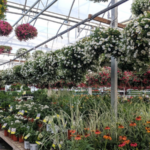



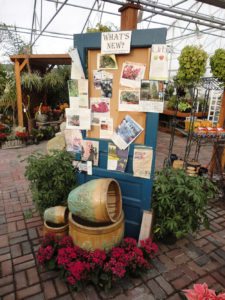


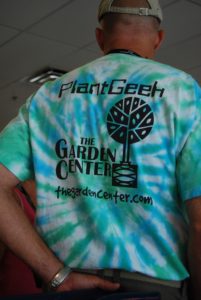
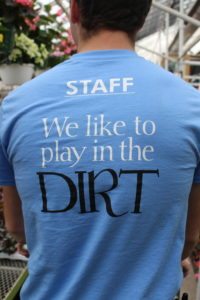
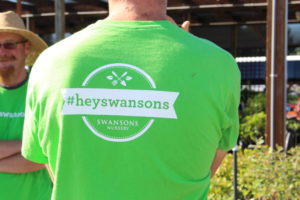

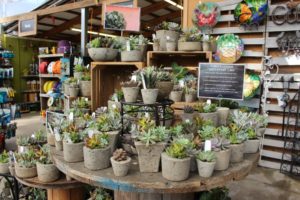
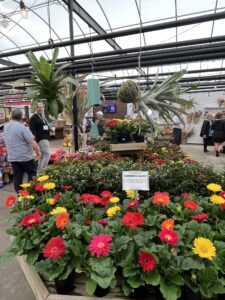

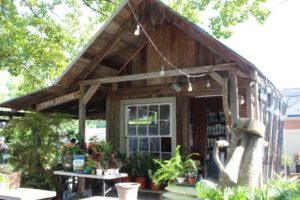
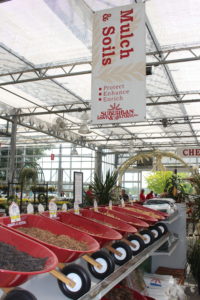
 Videos
Videos





